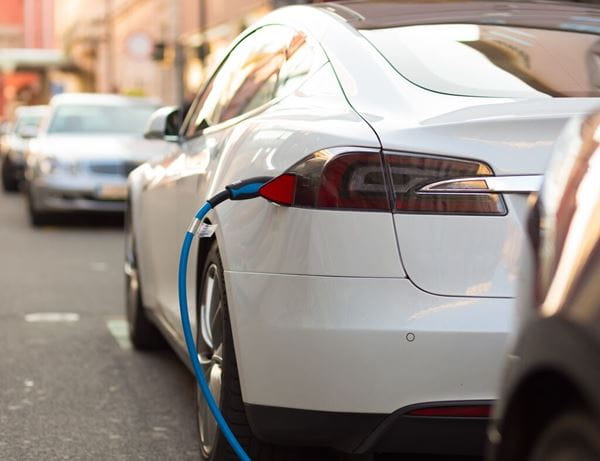
Car and van dashboard warning lights: what you need to know
Dashboard warning lights are useful to quickly identify faults with your petrol or diesel car or van, but what do they all mean?
Cars and vans nowadays are a complex mix of technologies and systems, but figuring out what’s wrong with them has never been easier. Even if they can’t always tell you exactly what’s amiss, colour-coded warnings displayed on the dashboard should give you a clue about the route cause of the problem and what you should do next.
Certain warning lights, such as the ABS light, engine management light, brake and fluid light and airbag warning light are specifically mentioned as grounds for a failure in an MOT test. These lights are directly linked to critical safety systems and proper function is essential for roadworthiness.
If those warnings don’t disappear right after you start the engine, then it’s important to pay attention to what they’re trying to tell you. Here’s what you need to know.
What is the most serious warning light in a car?
As a rule of thumb, drivers should treat every warning light as a call to action. However, faults fall into two categories, and these are colour-coded as follows:
Yellow warning lights
Many drivers question what the yellow/orange car symbols mean. These warning lights advise you to check something, and sometimes they are accompanied by a spanner suggesting a workshop visit. The vehicle will still be driveable, but addressing the fault as soon as possible is important.
Red warning lights
These car symbols are related to faults affecting performance and safety, requiring immediate attention. If you see a red warning light, stop in a safe place, turn the vehicle off, check the vehicle handbook and call for assistance.
What are the different types of dashboard lights?
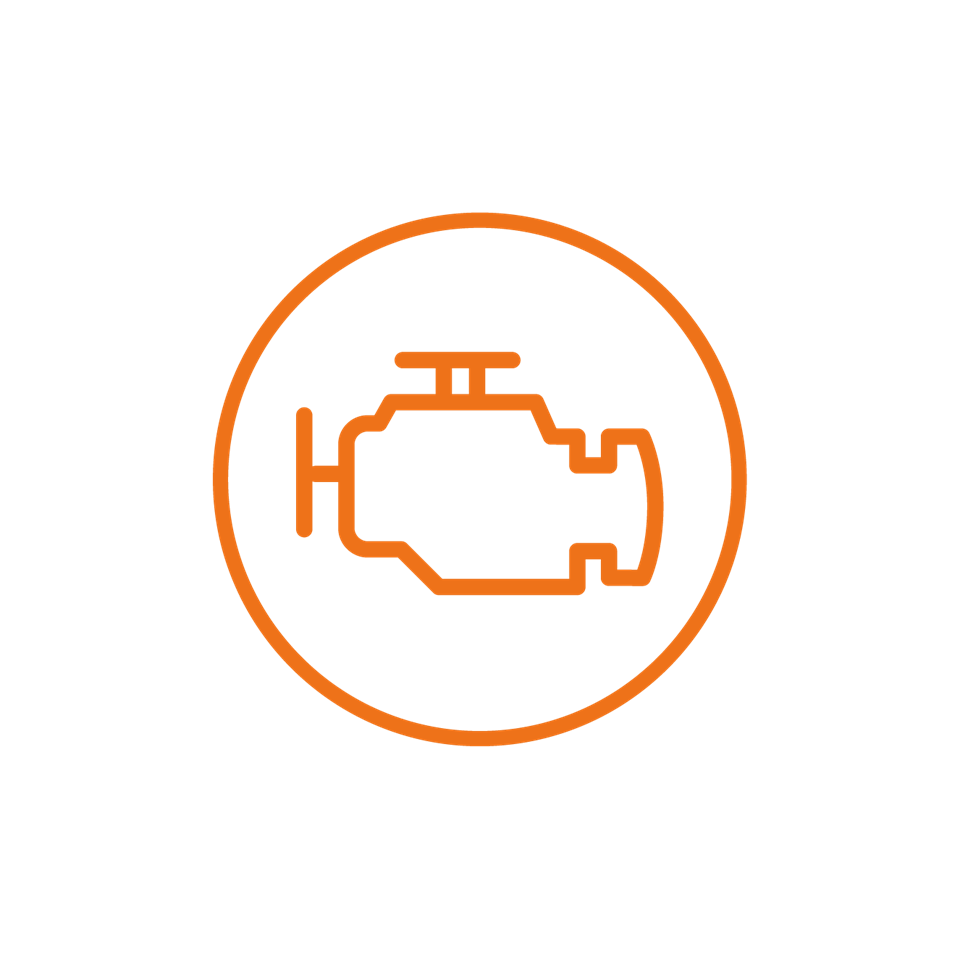
Check Engine light
If the vehicle gets an unexpected reading from any of the sensors under the bonnet, your check engine light will appear, advising a visit to a vehicle repairer for a health check.
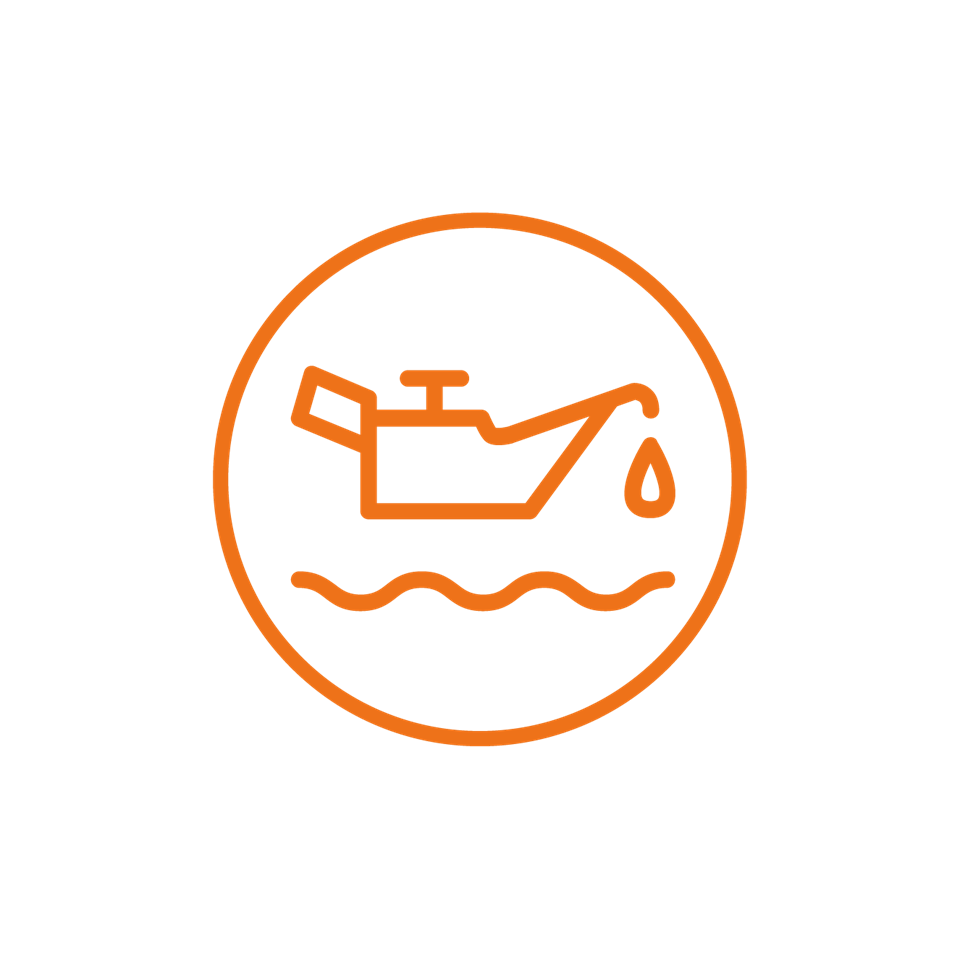
Oil Pressure warning light
Engines burn a small amount of oil in normal driving, so it’s important to check your levels at least every fortnight. If the level drops too much, the vehicle warns you to top it up, as a lack of oil risks damage to the engine.
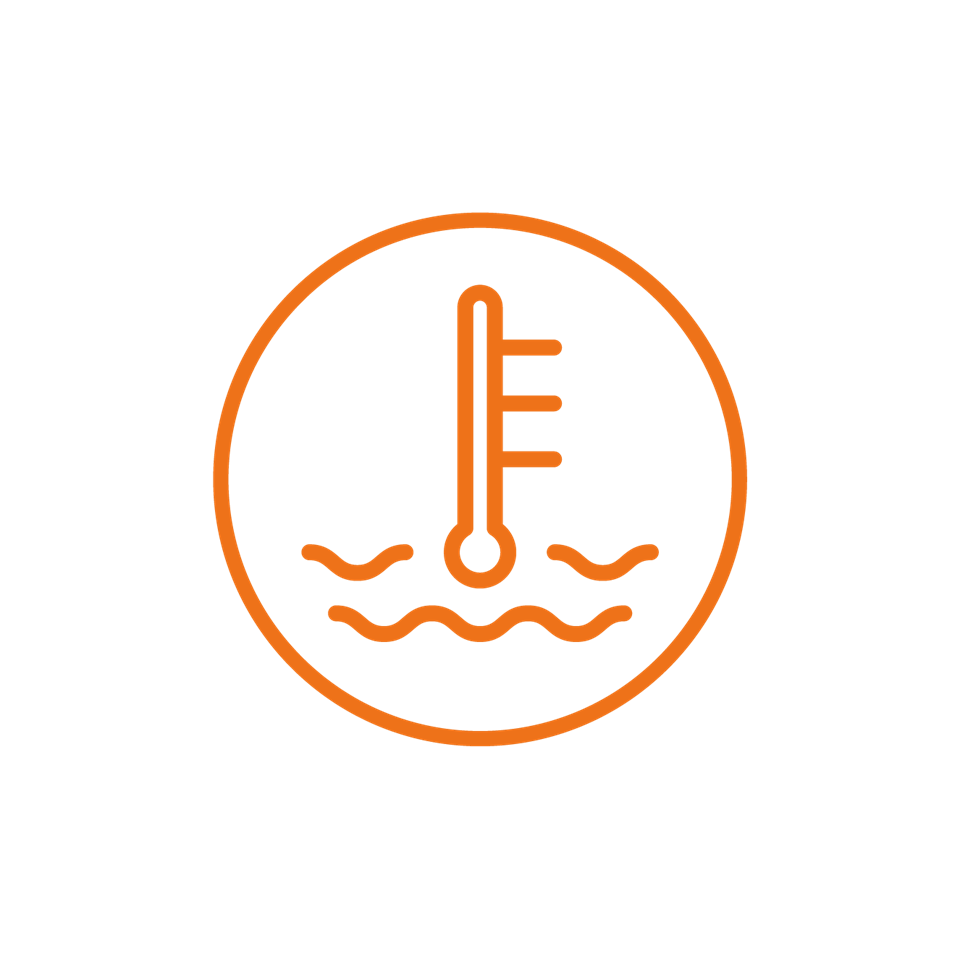
Temperature warning light
Problems with the cooling system, such as a sticking thermostat or leaking radiator, can cause the engine to overheat – especially in stop-start traffic.
Some vehicles also have a blue low-temperature light, which will stay on for a few minutes after a cold start but should disappear afterwards.

Battery warning light
Most onboard systems are powered by a 12-volt battery (48-volt on some hybrids) which charges from the engine. If it’s not charging properly, the vehicle will issue a warning that it will eventually shut down.

Diesel Particulate Filter (DPF )
Mandatory since 2010, particulate filters capture the soot that would otherwise be emitted in diesel exhaust fumes. A fault warning usually means they’re blocked, reducing airflow and impacting performance.

Diesel Emissions Fluid / AdBlue
New diesel cars inject an ammonia solution known as AdBlue into the exhaust system, which converts harmful nitrogen oxides (NOx) into harmless nitrogen and water vapour. Top-ups are easy, and the fluid is widely available, but it’s a pollution control feature, and some vehicles will refuse to start if they run out.
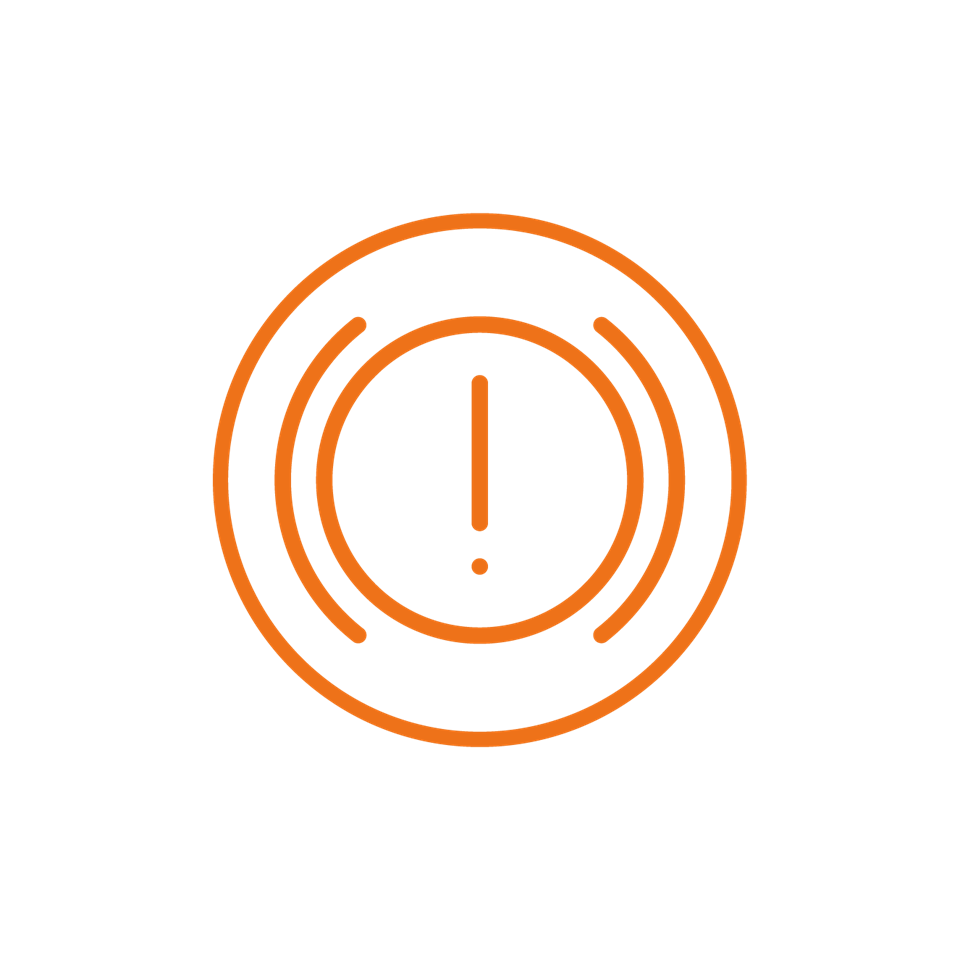
Brakes
These warning lights do look very similar and can be confusing. You may wonder, 'what does this (!) mean in a car?' This is the brake system warning light which indicates your brake fluid levels are low and need to be topped up by a professional.
The “P” warning light tells you the parking brake is engaged – but working properly. While the “ABS” warning light indicates a problem with the anti-lock braking system.
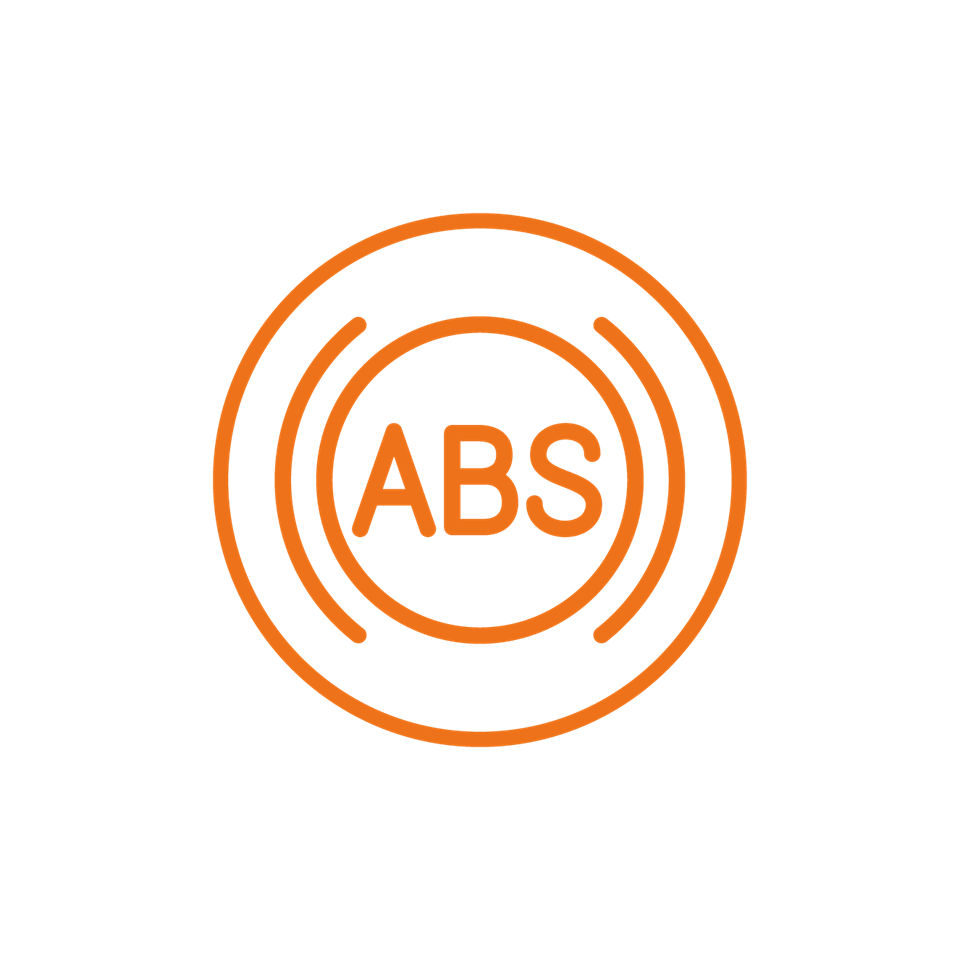
Can I still drive with the ABS light on?
When the ABS bulb is illuminated, you can continue to drive safely but keep an extra distance from cars in front of you. However, you should pull over immediately if the ABS warning light appears with the (!) brake system warning light. This is a safety-critical fault.
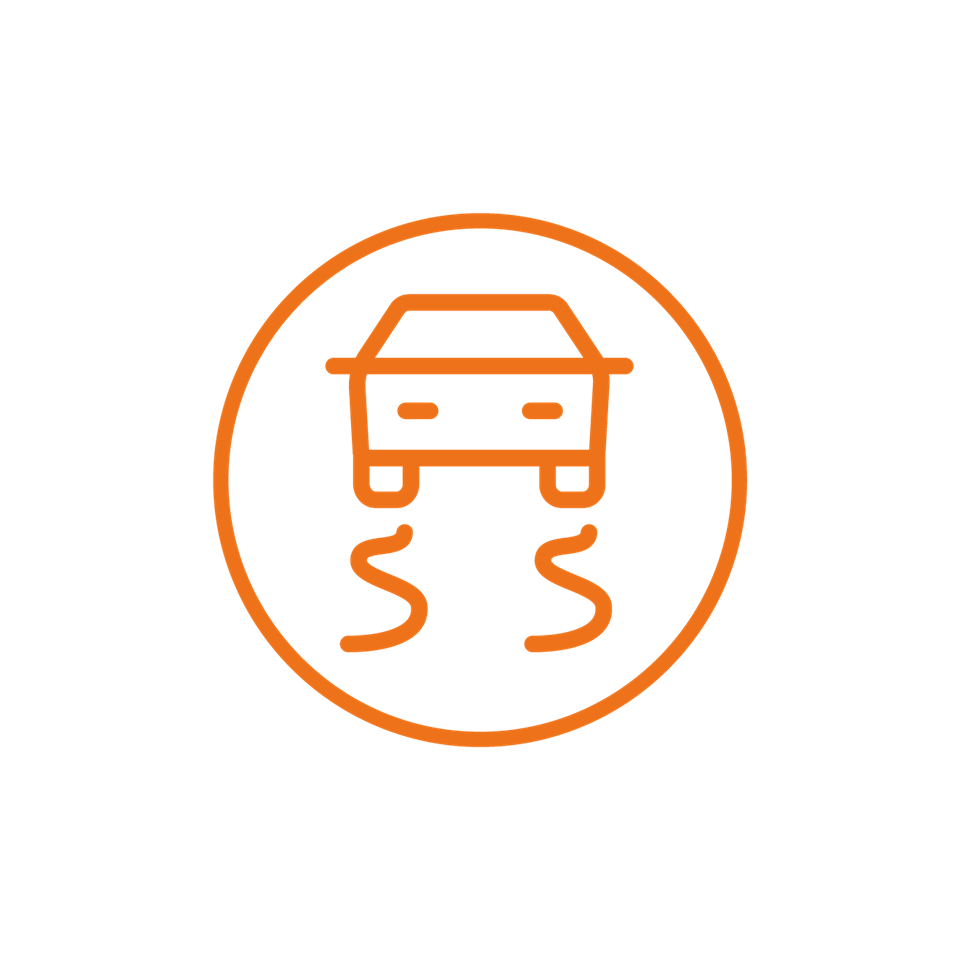
Traction Control
New vehicles use sensors to detect when wheels are slipping, and they’ll step in to help drivers find grip. A flashing Traction Control warning light shows it’s active and working properly, but if it stays lit, there’s a system fault.
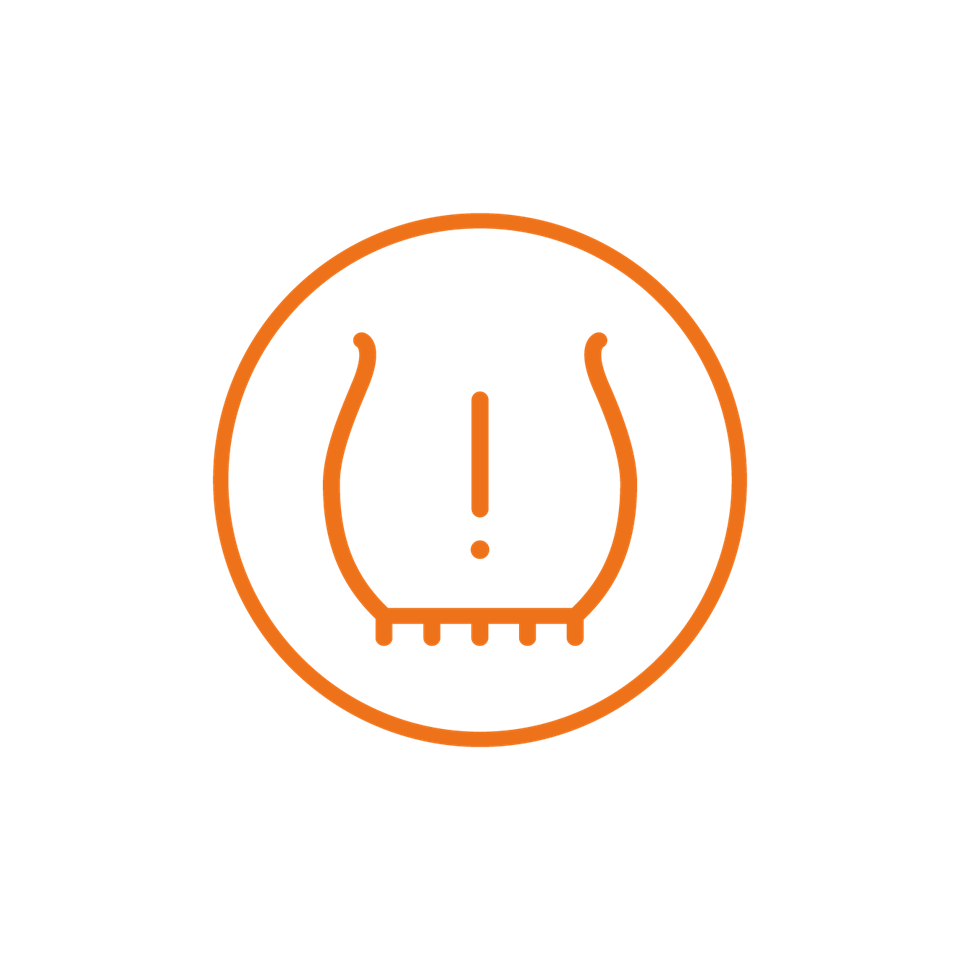
Tyre Pressure
Monthly tyre pressure checks are vital, as incorrect inflation impact vehicle safety and fuel efficiency. Cars have had to include monitoring systems since 2012, and these will warn drivers to seek a top-up if they are too low.

Airbags
This isn’t always a fault – it can also show up if the passenger airbag is deactivated for a rear-facing child seat.
If not, it’s a warning that airbags might not deploy in an accident.

Screenwash warning
Keeping your windscreen clear of winter road salt and summer bug splatters can use up your washer fluid quickly. Topping up is easy, with plenty of guides online with useful videos specific to your car model, so it’s worth checking that you’ve got enough before setting off on a long journey.

Coolant levels warning
Coolant fluid absorbs the engine heat to ensure it doesn't overheat when driving. This warning light will flash when your coolant needs topping up as the level is low.
If this continues to light up frequently after recently refilling, you may need to check for leaks.
What do I do if I see a warning light?
Take a look at the vehicle handbook to see what the symbol means, and try to understand the root cause of the problem. If it’s something that can be easily fixed (such as topping up fluids or topping up the air in your tyres you should do this at your earliest opportunity).
If the warning is more serious, and you have a LeasePlan vehicle and ‘with maintenance’ contract contact the LeasePlan DriverLine.
If you don’t have a with maintenance agreement with LeasePlan, depending on the severity of the problem contact your breakdown provider or book it in to your local dealership at your earliest opportunity.

.jpg?rev=3adbd558867c4d92bf9f22752f12a09c&mw=600)
